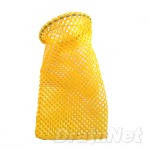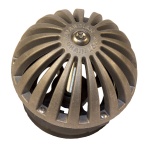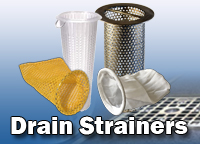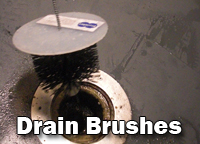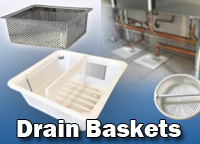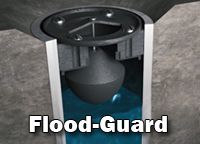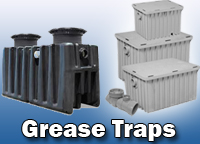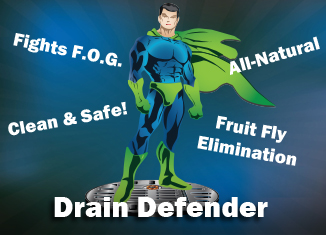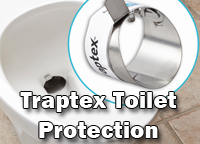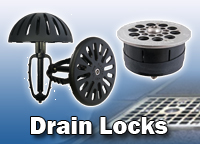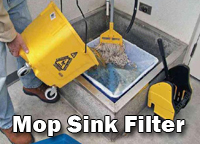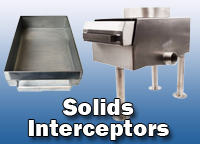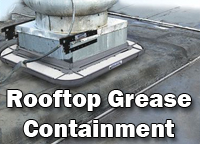Here are a few of the frequently asked questions we get for the Big Dipper Automatic Grease Trap...
How is your Big Dipper Automatic Grease Trap different from a traditional "grease trap" or "grease interceptor?"
Traditional grease traps (grease interceptors) need to be manually cleaned. Large, in-ground traps/interceptors require a professional with a vacuum/pump truck to do the cleaning. Small, passive grease traps require an individual do the cleaning by hand with a spoon or ladle. A Big Dipper Automatic Grease & Oils Removal system does all the work itself, cleaning itself out on a daily basis. It does not require manual cleaning.
How does the Big Dipper work?
Like a traditional grease trap or grease interceptor, free-floating grease and oils are trapped in a baffled chamber. Unlike traditional grease trap/interceptors, Big Dipper systems use a skimming wheel (which is controlled by a timer) to skim the grease and oils out of the baffled chamber. The grease and oils are scrubbed off of the wheel with a wiper blade and channeled out of the unit and into a collection container provided with the system.
How are the units hardwired?
All of our Big Dipper units plug into a grounded, 3 prong 120VAC (or 220-240 VAC if purchasing an metric version) outlet and come standard with a 8' cord and plug.
What happens to the food scraps that go down the drain?
In IS (Internal Strainer) Big Dipper systems, food scraps are captured in a strainer basket. This needs to be emptied into a garbage receptacle at least once a day, more often if you have a busy food preparation facility. In AST (Automatic Solids Transfer) Big Dipper systems, incidental food scraps are trapped in a solids chamber and automatically removed.
What are the Big Dipper's maintenance requirements?
It takes about ten minutes a week to keep a Big Dipper operating properly. The wiper blades and grease trough should be cleaned at least once a week. The food scraps captured in the strainer basket included with IS systems needs emptying at least once a day. The grease collection container provided with each Big Dipper system is translucent, so you can see when it needs emptying. Periodically, you may want to shop-vac out the bottom of your Big Dipper as very fine solids may begin to accumulate.
What size Big Dipper do I need?
Use the GPM calculator below to determine the flow rate requirements.

